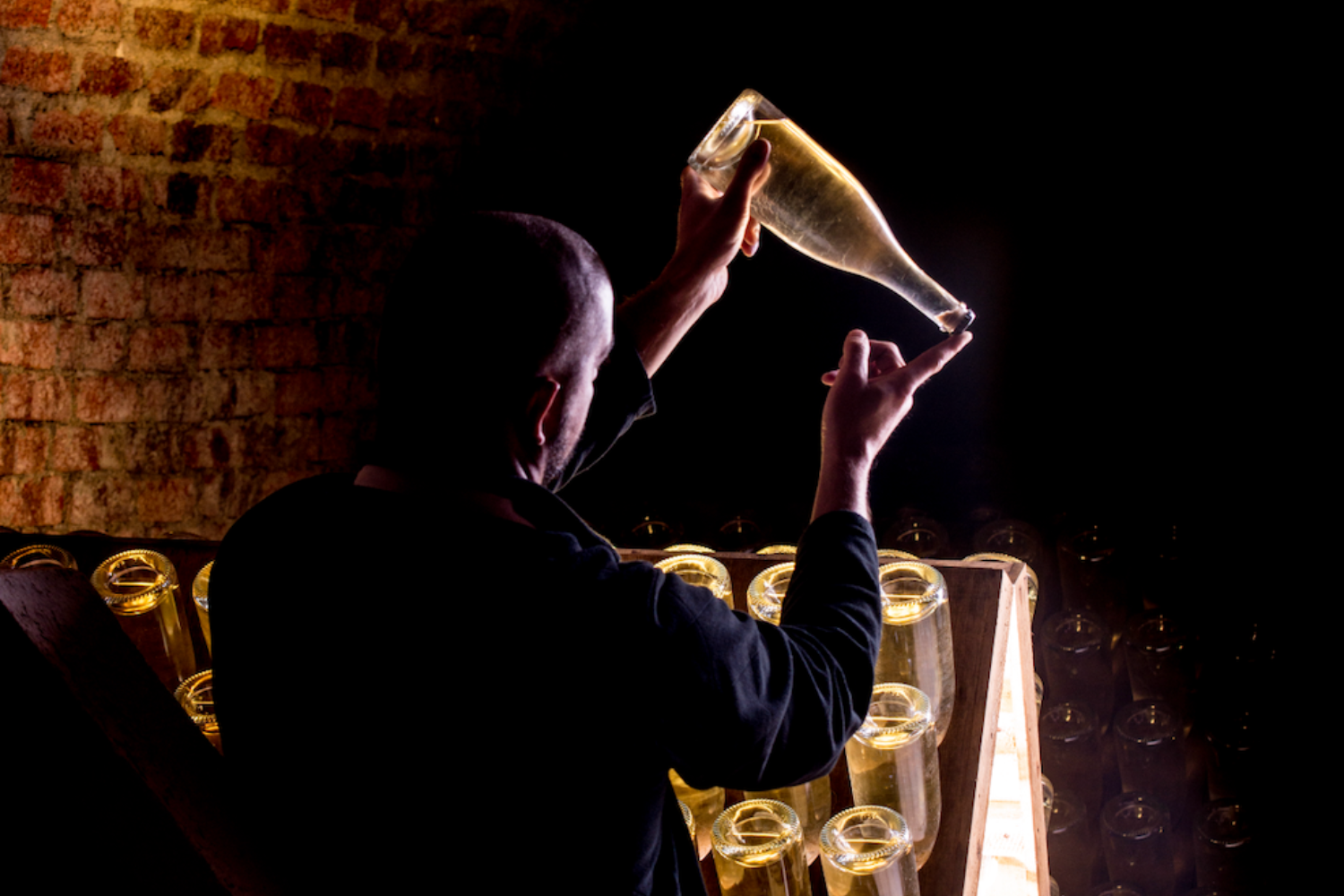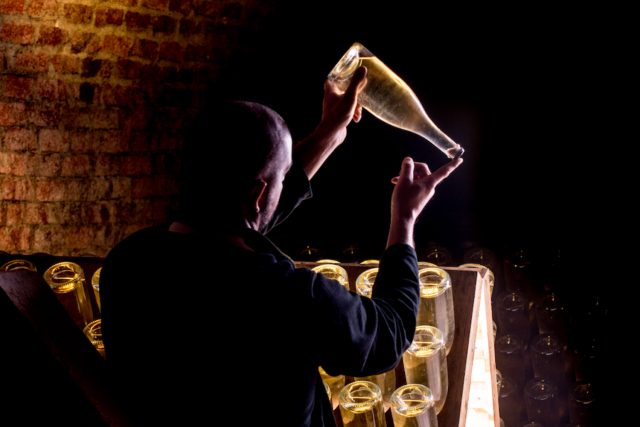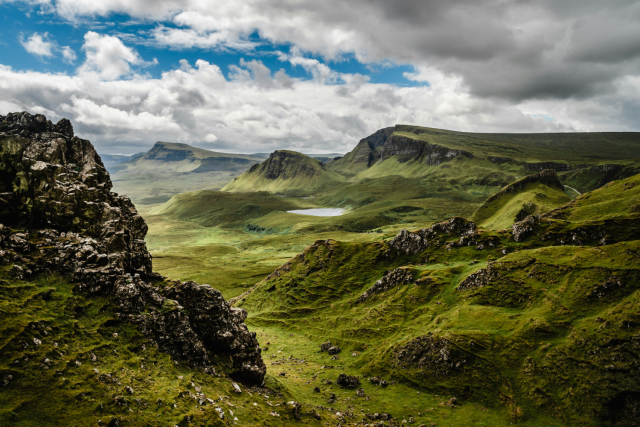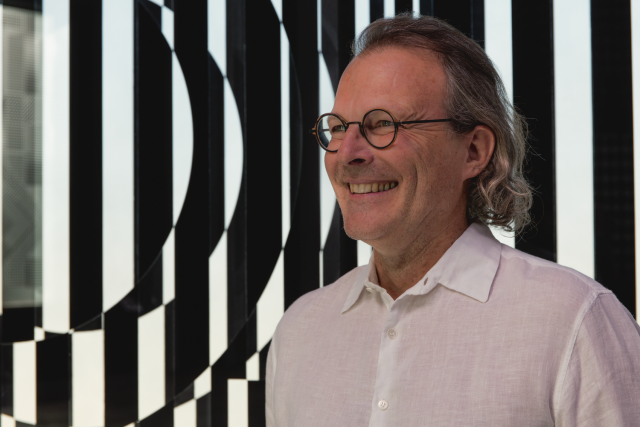Translation by Bethszabee Garner
On this foggy November morning, the vineyards of the Champagne region have donned their autumn coat of shimmering yellow, orange and red. From the road, you can't miss the Clos des Goisses, just outside Mareuil-sur-Aÿ. The oldest Clos, the first region to be vinified and blended separately, this vineyard of 5.83 hectares in a single block and surrounded by walls (1.2 kilometers long by 200 meters wide) is recognizable by its extreme inclination. Its 45° slope is a testament to the origin of its name, as they say at Philipponnat: in old Champagne, ‘Gois’ or ‘Goisse’ refers to a very steep hillside; which is, moreover, south-facing on a subsoil of pure chalk worthy of the greatest vintages. ‘In 1935, my great-uncle, who passed by every day, knew what he was buying: something exceptional,’ emphasizes Charles Philipponnat, president of the eponymous company.
From that year onwards, and without any experimentation, the visionary uncle produced a separate batch going against the grain of the time, when conventions were based on assembling different wines from different plots of land. ‘You're destroying the goodwill of the champagne houses! Our talent is blending’, he was told, while he was emphasizing the wine-growing origins of his company. Almost ninety years after its first vintage, Clos des Goisses remains a benchmark. A great wine, before being a great champagne. That is what makes it innovative. This plot-by-plot, ‘winegrower’ approach, which was so criticized in 1935, represents a market segment that is increasingly valued today, in terms of quality and price. For a long time, champagne’s wine had the image of an effervescent drink reserved for parties and other celebrations. That was often what was asked of it, as long as the label was prestigious. The taste sometimes took a back seat.
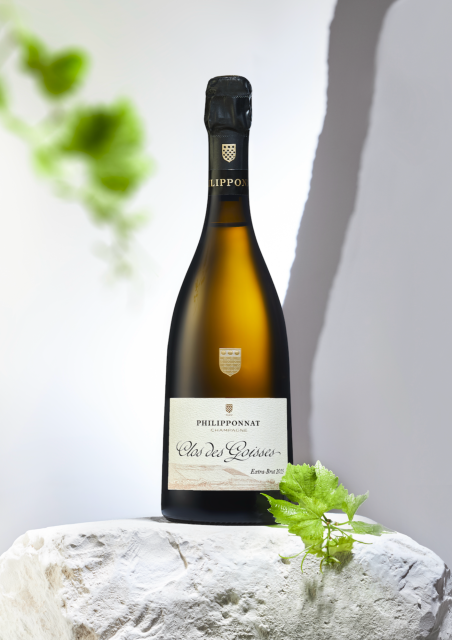
Today, the exact opposite is what enthusiasts are demanding, increasingly enlightened, eager for new taste experiences and wanting to understand where the wine comes from, who makes it... ‘Champagne has become a cultural product,’ notes Charles Philipponnat, whose brother is a publisher. ‘You drink a great wine like you read a great book. The intellectual approach is similar.’ The Philipponnat brand in Mareuil-sur-Aÿ, renowned for its Clos des Goisses.
Wines of character
The best producers now make wines of character alongside non-vintage brut, which remain the core of the range, and of signature batches, designed for meals or conversation, with a unique personality that tell a story, their own, that of their elders or their children... Batches with less and less sugar (extra-brut, even zero dosage), generally from the same harvest, vinified in wooden barrels and aged for a long time - sometimes up to ten years - before being disgorged. Prolonged aging on the lees enhances the aromatic complexity, the power and the finesse of the bubbles.
This involves highlighting the regions and plots that stand out from the rest, seeking to reveal their profound identity, as with the Les Crayères d'Egly-Ouriet batch from Ambonnay, made from old Pinot Noir vines planted in 1946. Its origin is not ordinary: ‘My husband's grandfather had helped a winegrower plant two hectares of vines; to thank him, the latter gave him half of it! says Annick Egly. It was a journalist who advised us to vinify this historic plot separately.’
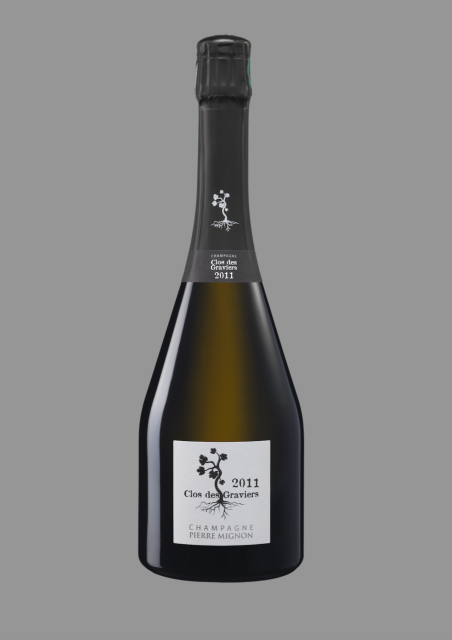
This philosophy, inspired by the Burgundy climats, is naturally carried by talented winegrowers such as Francis Egly, Jacques and Anselme Selosse, Rodolphe Peters, Pascal Agrapart and Frédéric Savart. ‘We are returning to the essence of champagne,’ observes Jean-Charles Mignon, who in 2008 restored the reputation of Clos des Graviers, the first stones of which were laid by his grandfather. The champagne brands were initially cautious about this fragmented approach, as their business model remains the sale of large volumes of blends. There were indeed a few confidential batches, sold at a high price, such as Bollinger's Vieilles Vignes françaises, from 1969, made from just 31 ares of pinot noir located at the end of the garden of the parent company in Aÿ.
Everything is done in the pure Champagne tradition, with vines planted ‘en foule’ (in a crowd) using the method of ‘provignage’, a technique that has disappeared from modern viticulture and which allows a vine to be multiplied by burying the vine shoots. Only some 2,000 bottles, prized by collectors, are produced each year. Then other exceptional ‘clos’ appeared, such as Krug's Clos du Mesnil, from a tiny vineyard dating from 1698 in Mesnil-sur-Oger, discovered by Rémi and Henri Krug among some fifteen others purchased in 1971 (first vintage 1979), or Billecart-Salmon's Clos Saint-Hilaire, in Mareuil-sur-Aÿ (1995).
Getting off the beaten track
Highlighting a specific region is also in the DNA of Jacquesson, a small, very high-quality brand bought from the Chiquet brothers by Artémis Domaines in 2022. The first to offer late disgorging, it honors, depending on the year, four parcels with a strong personality: Terres rouges and Corne Bantray in Dizy, Champ Cain in Avize and Vauzelle Terme in Aÿ. ‘By shedding a particular light on these localities, these batches provide a more fine and precise reading of what can be produced in Champagne,’ emphasises Jean Garandeau, its managing director. Two conditions have been set to justify their production: that the vintage is up to standard in terms of quality and that bottling does not deplete batch 700, the estate's priority.
Champagne is and will remain mainly a blended wine, but with demand increasing over the past twenty years or so, the top brands are seeking to think outside the box by exploring their region. In 2020, after an in-depth study of the soils, Bollinger created the PN range (for pinot noir), which highlights a different region each year. In Verzenay, for example, the soils are deep and sandy; the wine is fresh and salty.
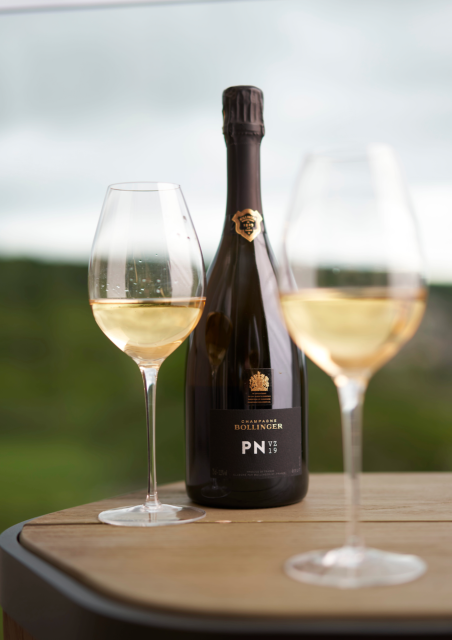
In Aÿ, the soil is 95% chalky; the wine is powerful and full-bodied. ‘The idea is to show several visions of this leading grape variety of the brand,’ says oenologist Yann Dubart. In 2022, the Côte aux enfants was born, in homage to Jacques and Élisabeth Bollinger. ‘The plot-by-plot approach has the advantage of deepening our knowledge of the influence of the region,’ emphasises Dominique Demarville, general manager of the Lallier company, which produces the Loridon batch, a grand cru made from 100% Chardonnay. ‘It's a just return to our values, concludes winegrower Jean-Marc Charpentier, who offers an astonishing 100% Pinot Meunier from a single plot with zero dosage. These are emotional wines, wines that transport us. Otherwise, what's the point of making them?’
Article written by Romain Rosso, to be found in issue n°10 of OniriQ Magazine.


